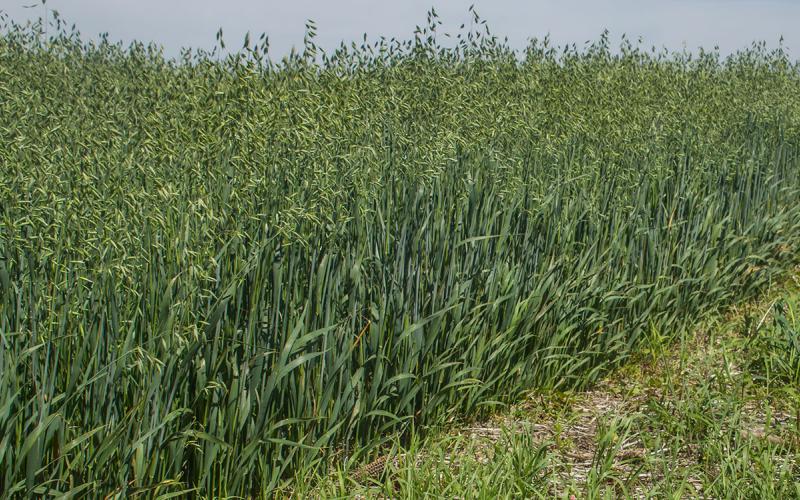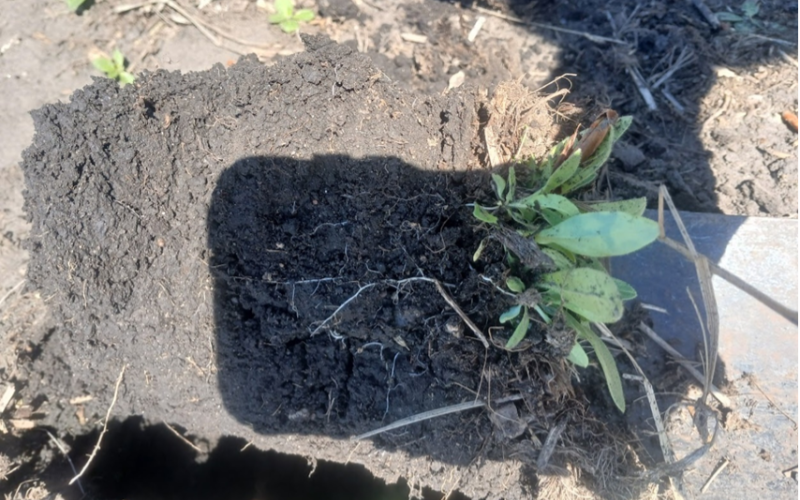Extensive research has been conducted to develop fertilizer recommendations for crops grown in South Dakota. To calculate nitrogen (N) fertilizer rates the equation uses the factors yield potential, lbs N/bu of crop multiplier, preplant soil test N to a depth of 0 to 24 in., previous crop, manure application, and tillage type. To calculate phosphorus (P) and potassium (K) rates the equation uses the factors of soil test P (Olsen-P or Bray-1 P extraction tests) or soil test K (ammonium acetate extraction test) at a depth of 0 to 6 in. and yield potential. To calculate sulfur (S) fertilizer rates, the equation uses the factors of soil test S to a depth of 0 to 24 in. soil texture category and tillage type. This workbook has been developed to aid in the ease of calculating fertilizer rates (N, P, K, and S) for corn, soybean, and wheat. Future updates of this workbook will work to include other crops grown in South Dakota.
South Dakota Fertilizer Rate Guidelines Calculator for Corn, Soybean, and Wheat
Related Content

Jan
06 - 07
Southeast Research Farm Seminars @ Dakota Farm Show
Join SDSU Extension for a series of educational presentations during the Dakota Farm Show from January 6-7, 2026, at the USD DakotaDome (1101 N Dakota St, Vermillion, SD 57069).

Comparing Cover Crop Mixture Performance after Oats and its Effect on Corn Yield the Following Year
A research trial completed at the South Dakota Agricultural Experiment Station Northeast Research Farm comparing cover crop mixture performance after oats and its effect on corn yield the following year.

Effect of Camelina Cover Crop on Soil Health and Corn Yield
Study results focused on the effect of camelina cover crop on soil health and corn yield.